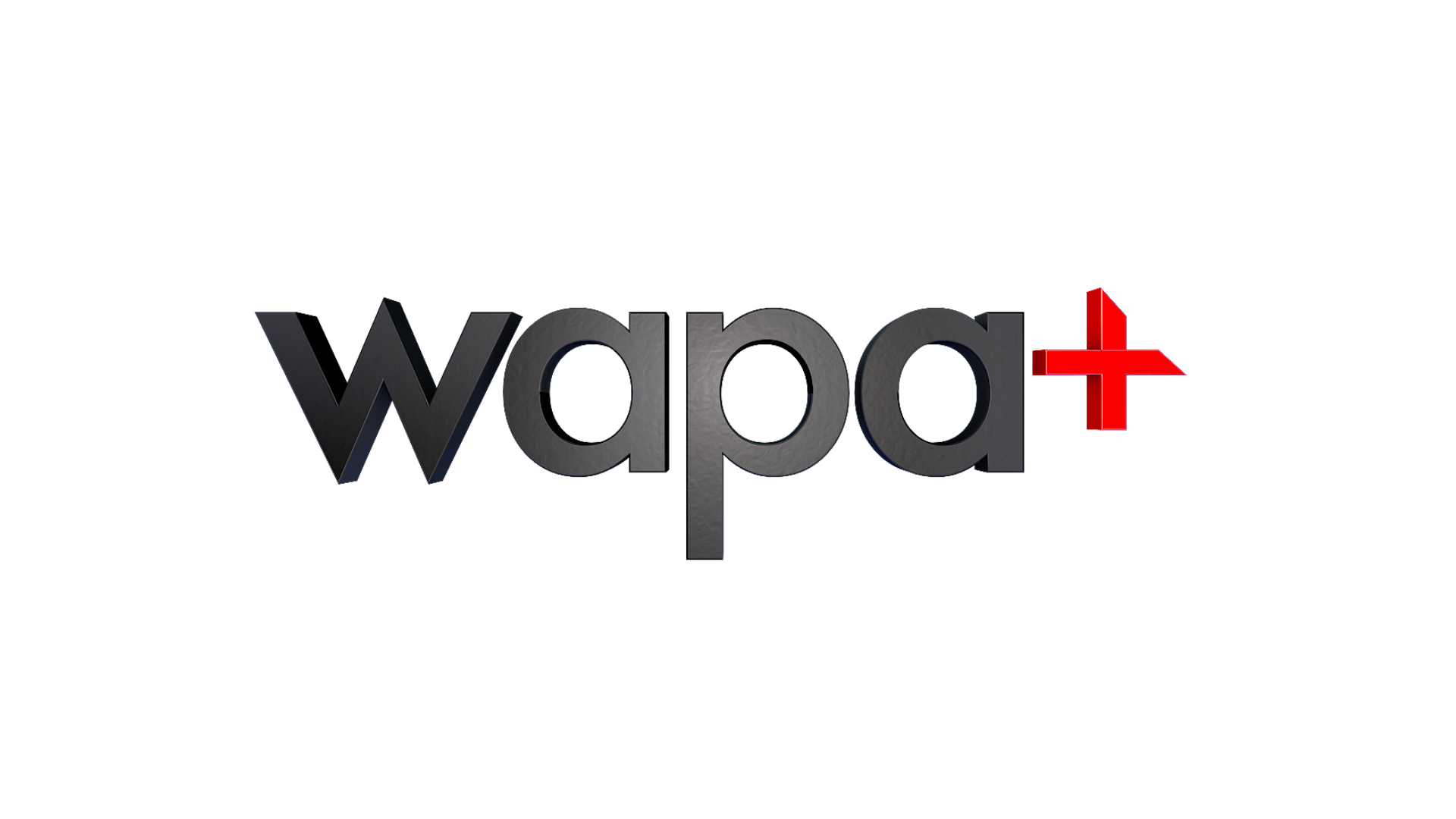Notre Dame Taps LiveU for IP-Based Remote Productions
SOUTH BEND, IND.—Recently, the athletics department at the University of Notre Dame built a new campus-wide media production facility to cover athletics, as well as academia and other live events. Cellular bonding, specifically LiveU, became an important component to support high-quality content and delivery from anywhere on or off campus.

I joined University of Notre Dame from the Denver Broncos two years ago, where I led event productions. I had been a big proponent for IP-based live video and wanted to bring that same level of high-quality content and reliability to the renowned university. As executive producer of live events, I led the testing of technology to support live video via cellular bonded technology.
THAT WAS THEN...
In the past, the reliability wasn’t there. The university had some cellular bonded gear, but the live productions never got off the ground. Instead, the media crew captured content via a recorded device and sent it back to the production team for editing post-event. This was a cumbersome process. Part of this process involved the camera operator attempting to upload large video files while en route to the airport from the away game.
I told my colleagues, ‘LiveU is a different product. You’ll notice the technology’s ease of use right away.’
After taking a second look at cellular bonded technology and specifically LiveU this time, the university put their trust in the technology to reliably deliver live content to its broadcast and digital properties.
We chose to rent LiveU HEVC portable transmission units for the reliability factor. The unit boasted the highest video quality in low bandwidth situations, with no delay or signal issues during our live productions. Knowing you will always get a great signal was appealing.
Soon after, the University started implementing more LiveU gear into their productions and true live video became part of their normal routine.
WIRELESS AT-HOME PRODUCTION
The production leverages an end-to-end IP-based workflow which allows us to send only a reporter and camera operator on site and then pull in the live feeds, switch, edit, and distribute the live content from our South Bend studio.
Because of the cost savings and simplification of production enhanced by cloud-based production, we can create more live content and explore more opportunities off campus.
At home games, the university uses the LiveU portable transmission unit to produce the live post-game broadcast and the famous “Player Walk.” On the road, our team uses a LiveU to cover the onsite field reporter and the post-game press conference which are sent in real-time back to the South Bend facility for editing and production as part of the post-game show.
LiveU allows for more flexibility on the road. The operator can capture content and head back home while the work is being done in our South Bend studio.
Today, the University continues to push the envelope looking for new ways to leverage Wireless At-Home Production to capture, produce and distribute live events from interesting places—without infrastructure worries or astronomical production costs.
Longer term, we’re looking at sports facilities such as swimming and diving, where fiber is challenging. We are confident that LiveU will play a role in bringing this diverse coverage to a wider audience.
Mike Bonner is executive producer of live events for the University of Notre Dame Athletics Department. He can be reached atmbonner@nd.edu.
For more information, visitwww.liveu.comor call 877-88-LiveU (54838).
Get the TV Tech Newsletter
The professional video industry's #1 source for news, trends and product and tech information. Sign up below.
